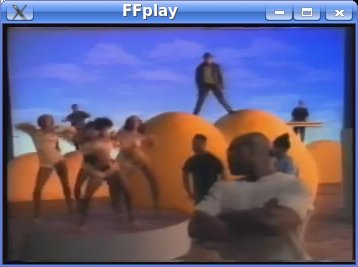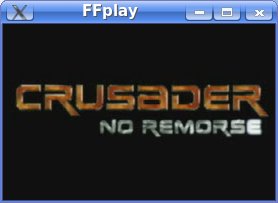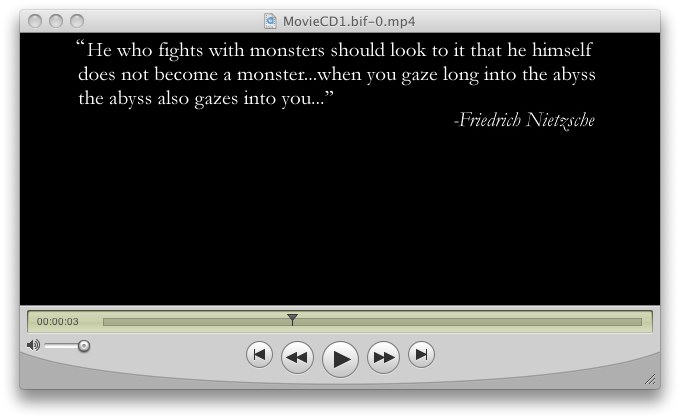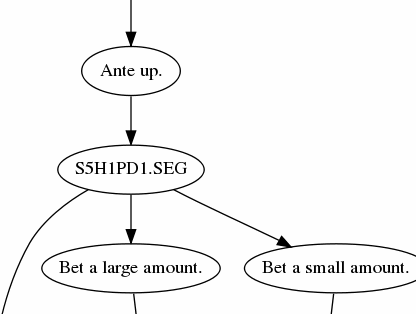Kostya is overjoyed to announce that he has completed enough of his Summer of Code project for inclusion into the FFmpeg codebase — Summer of Code 2007, that is. Kostya has activated his RealVideo 4 (RV40) decoder. Pictured is a sample of “Baby Got Back”, Sir Mix-A-Lot’s timeless paean to the female backside, encoded in RV40 and available in the samples repository:

Ah, still a classic. Many congratulations to Kostya for persisting in this herculean task well beyond the project due date.
Also, do you dare ask why this is useful in the grand scheme of multimedia hacking? Seriously? Have you not learned by now? While it may be true that absolutely no one likes Real or their formats, there is still a huge legacy of media in the wild encoded in their formats, media that will need to be manipulated for many years to come.
I would be remiss if I did not mention another game-related format that Suxen drol committed a few weeks ago– the Electronic Arts TGQ video codec. This is a motion JPEG variation that was notably used in Crusader: No Remorse.

FATE tests have been added:


